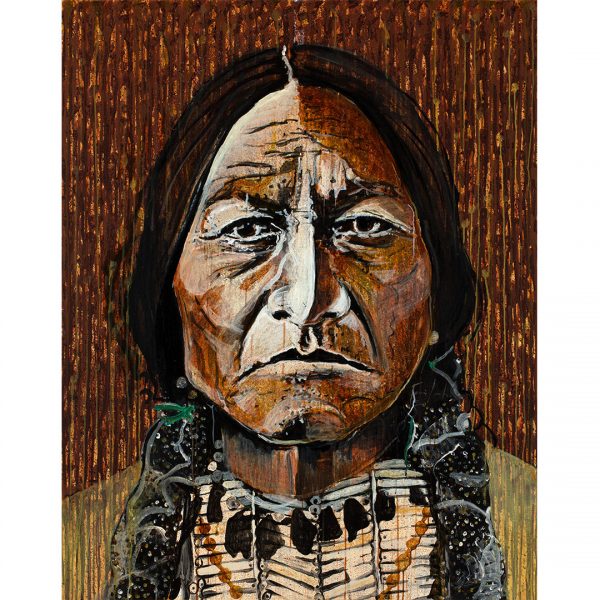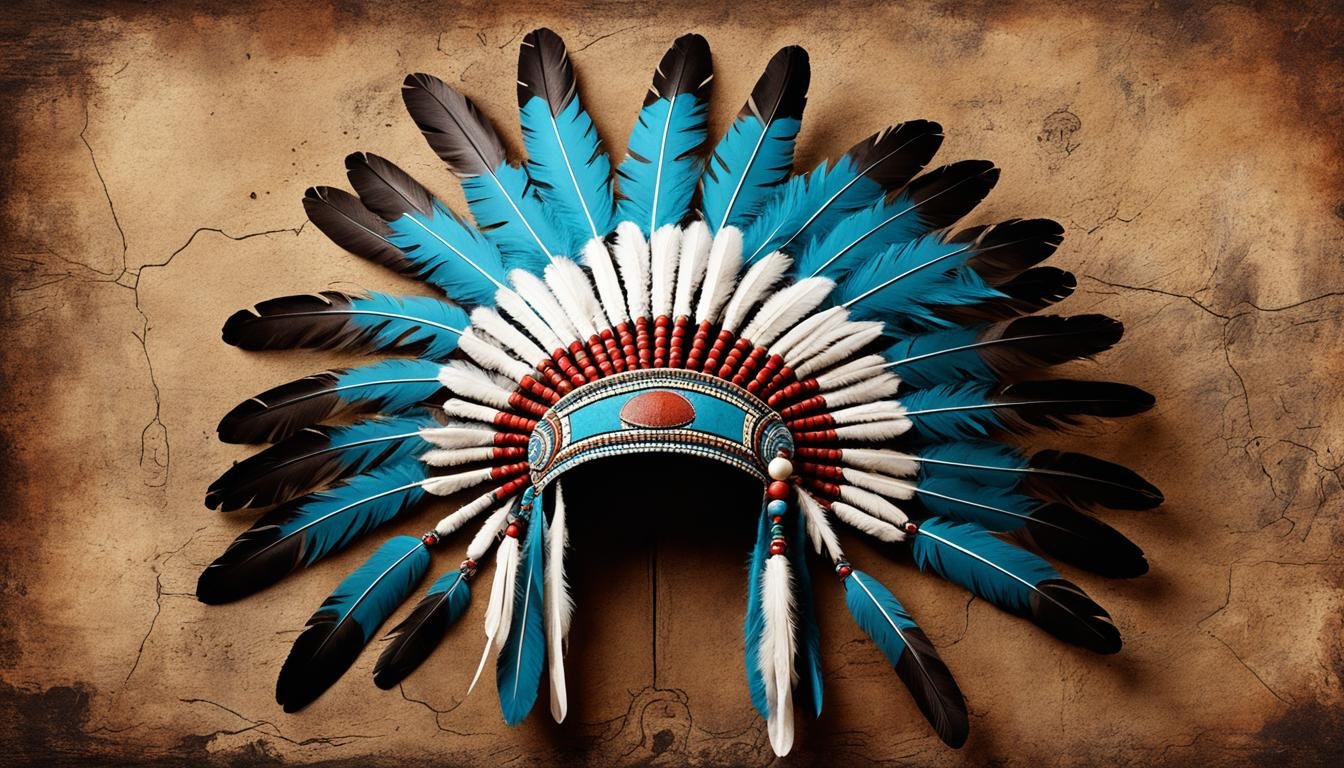
Echoes and Visions: The Enduring Power of Native American Art and Cultural Expression
In the vast tapestry of global art, the contributions of Native American artists stand as a vibrant, resilient, and deeply profound thread. Far from being mere relics of the past, contemporary Native American art is a dynamic, evolving force, a powerful vehicle for cultural expression, historical memory, and a steadfast assertion of identity in a world that has often sought to erase it. It is a testament to the enduring spirit of Indigenous peoples, weaving together ancestral wisdom with modern sensibilities, challenging stereotypes, and paving new pathways for understanding and connection.
For centuries, Native American art was intrinsically linked to daily life, spirituality, and community. Intricate beadwork, storytelling through painting on hides, functional and ceremonial pottery, complex basketry, and sophisticated weaving were not merely aesthetic pursuits; they were vital expressions of cosmology, social structures, and practical necessity. Each design, every motif, carried generations of knowledge, belief, and identity. However, with the arrival of European colonizers, these rich traditions faced immense pressure. Policies of assimilation, the forced removal from ancestral lands, and the suppression of Indigenous languages and spiritual practices threatened to extinguish these vital cultural forms. Yet, through extraordinary resilience, these artistic traditions endured, often practiced in secret or adapted under duress, forming an unbreakable link to heritage.
The late 20th and early 21st centuries have witnessed a profound renaissance in Native American art, marked by a powerful embrace of both traditional forms and contemporary mediums. Artists today are not simply replicating the past; they are engaging in a sophisticated dialogue with it, reinterpreting ancient stories through modern lenses, and forging new artistic languages that speak to both Indigenous and global audiences. This creative surge is driven by a deep commitment to cultural preservation, a desire to reclaim narratives, and an urgent need to address contemporary issues.
One of the most compelling aspects of Native American art today is its thematic richness. At its core, much of the work explores identity – what it means to be Indigenous in a complex, often conflicted world. Artists grapple with the nuances of their heritage, tribal affiliations, and personal experiences, creating art that is deeply personal yet universally resonant. They challenge the monolithic "Native American" label, asserting the distinctiveness of hundreds of diverse nations and cultures.
History and memory are also central themes. Many artists use their work to confront the traumatic legacies of colonialism, residential schools, forced displacement, and broken treaties. They reclaim narratives that have been distorted or silenced, offering Indigenous perspectives on historical events. Kent Monkman, a Cree artist, exemplifies this with his large-scale paintings that recontextualize iconic works of European art history, inserting his gender-fluid trickster alter ego, Miss Chief Eagle Testickle, into scenes of colonization. His work, often infused with humor and pathos, forces viewers to confront uncomfortable truths about the past and its lingering effects. "I’m interested in revisiting art history from an Indigenous perspective," Monkman has stated, "and showing how that history is very much alive in the present."

The connection to land and spirituality remains an enduring wellspring of inspiration. For many Indigenous cultures, the land is not merely property but a living entity, an ancestral homeland imbued with spiritual significance. Artists express this profound relationship through landscapes, animal imagery, and abstract forms that evoke the sacredness of nature. Preston Singletary, a Tlingit glass artist, masterfully blends traditional Tlingit formline designs with contemporary blown glass. His stunning works transform ancient motifs into luminous, modern sculptures, reflecting the fluidity of his culture and its deep ties to the Pacific Northwest environment. "Glass is a perfect medium for expressing the fluidity of Tlingit culture," Singletary notes, "the way it shifts and changes, yet retains its core identity."
Beyond reflection, Native American art is also a powerful tool for social and political commentary. Artists address pressing contemporary issues such as environmental justice, the fight for tribal sovereignty, and the crisis of Missing and Murdered Indigenous Women (MMIW). Jaune Quick-to-See Smith, a celebrated Salish/Kootenai/Metis painter, is renowned for her bold, layered canvases that critique consumerism, environmental degradation, and the ongoing impacts of colonialism. Her work often incorporates text, found objects, and Indigenous iconography to create complex visual narratives that challenge dominant narratives. "I wanted to be part of the dialogue of contemporary art," she once said, "but also to make a statement about being a Native American woman artist."
The impact of individual artists has been instrumental in shaping this artistic landscape. Maria Martinez (San Ildefonso Pueblo, 1887–1980), though rooted in traditional pottery, revolutionized Pueblo pottery with her innovative black-on-black firing technique, bringing international acclaim to her community and inspiring generations of potters. Her meticulous craftsmanship and dedication to cultural preservation demonstrated how traditional arts could thrive and evolve.
Allan Houser (Chiricahua Apache, 1914–1994), one of the most significant Native American sculptors of the 20th century, blended modernist forms with Indigenous themes, creating powerful bronze and stone works that conveyed dignity and strength. His monumental sculptures, found in collections worldwide, established a new paradigm for Native American art within the mainstream art world.
More recently, artists like Wendy Red Star (Apsáalooke/Crow) use photography and multimedia to deconstruct ethnographic representations of Native peoples, often injecting humor and wit to challenge historical inaccuracies and stereotypes. Her vibrant, often performative self-portraits and staged scenes reclaim Indigenous agency and offer authentic, contemporary perspectives. "I like to poke fun at the history of anthropology," Red Star explained, highlighting her approach to subverting colonial gazes.
Cara Romero (Chemehuevi), another prominent photographer, captures the beauty, resilience, and contemporary vibrancy of Indigenous life through powerful, often cinematic portraits. Her images break free from stereotypical depictions, showcasing Native Americans as modern, multifaceted individuals thriving in the present.
The significance of this artistic movement extends far beyond aesthetic appreciation. It serves as a vital tool for cultural preservation and revitalization, ensuring that ancient stories and techniques are passed down and adapted for future generations. It fosters education and awareness, offering non-Indigenous audiences a deeper, more nuanced understanding of Native cultures, histories, and ongoing struggles. Furthermore, the burgeoning market for Native American art contributes to economic empowerment within Indigenous communities, supporting artists and fostering cultural enterprises. The Indian Arts and Crafts Act of 1990, for example, is a crucial piece of legislation that helps prevent the misrepresentation of products as "Native American" when they are not, protecting both artists and consumers.
However, challenges persist. The art world continues to grapple with issues of authenticity versus innovation, where some traditionalists may question contemporary approaches, while others champion the evolution of Indigenous art. The pervasive problem of cultural appropriation remains a concern, with non-Native artists sometimes exploiting Indigenous motifs or styles without proper understanding, acknowledgment, or permission. Despite increased visibility, there is still a need for greater mainstream recognition and equitable representation for Native American artists in major galleries and museums globally.
In conclusion, Native American art is a living, breathing testament to the enduring power of culture, identity, and resilience. From the intricate patterns of ancestral pottery to the bold statements of contemporary painters and sculptors, it represents a continuous thread of creation that connects past, present, and future. These artists are not merely creators; they are storytellers, historians, activists, and visionaries, weaving together the rich tapestry of their heritage with the complexities of the modern world. Their work challenges, educates, inspires, and ultimately enriches the global cultural landscape, proving that Indigenous voices, in all their artistic brilliance, are not just surviving, but thriving.



